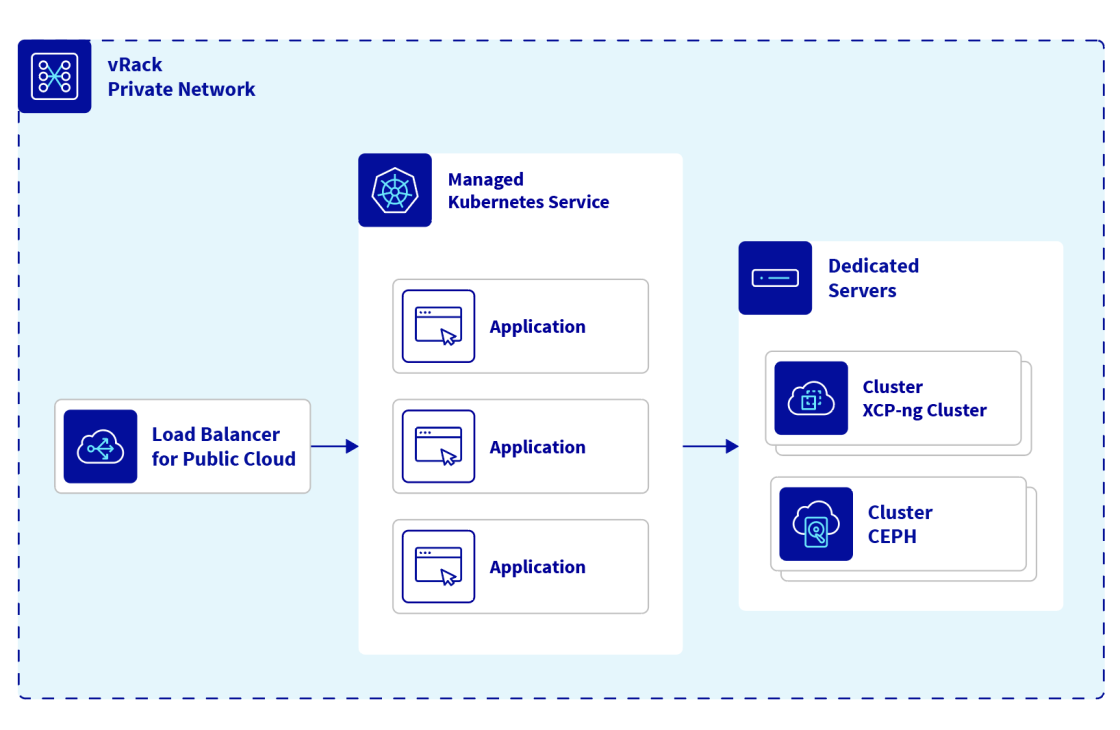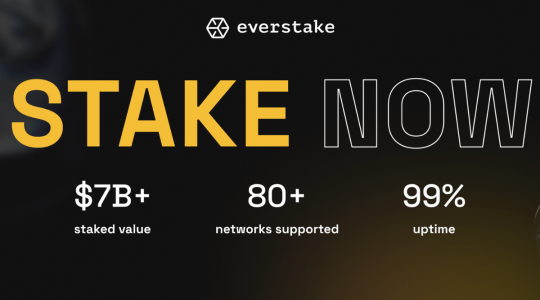Floatplane: The Streaming Platform Empowering Creators
OVHcloud & Floatplane


50,000 : subscribers across all creators

4K : video resolution offered by Floatplane

5 minutes : time to provision Kubernetes nodes
The background
Floatplane is a streaming platform launched in 2018 by Floatplane Media Inc., a subsidiary of Linus Media Group. It provides content creators with a subscription-based revenue model that doesn’t rely on algorithms or ads, and offers high-quality video uploads, including 4K resolution. Unlike mainstream platforms, all content is behind a paywall, giving creators direct financial control.
Floatplane has grown steadily, opting for Bare Metal infrastructure over cloud scaling for better control and sustainability. While still niche, the platform has expanded its features, and third-party developers have created unofficial apps for devices like Roku and Android TV. Focused on creator empowerment and premium content, Floatplane continues to refine its user experience and expand its content offerings to 50,000 subscribers across all creators.
The challenge
As the company grows, relying on Bare Metal servers only, scalability can become a major challenge – maybe even the major challenge.
Working with physical infrastructure can lead to longer deployment times and complex resource management. Expanding capacity requires configuring and maintaining new hardware, leading to increased costs and operational overhead, without the granularity of smaller servers – like the ones available as Public Cloud instances.
Additionally, adapting to fluctuating workloads becomes difficult, as scaling up or down is not instantaneous. Performance bottlenecks may arise, impacting service reliability and customer experience. Geographic expansion also poses challenges, as new datacentres are required and extensive networking solutions.
To remain competitive, businesses must find a balance between performance, flexibility and cost efficiency. This often leads to them adopting a hybrid or cloud solution to complement existing Bare Metal infrastructure while enabling rapid, on-demand scaling instances.
The solution
To complement Floatplane’s existing Bare Metal infrastructure, Public Cloud products were brought into the mix. Managed Kubernetes Service and Load Balancers were added to scale the platform on-demand, as required, depending on the workload.

To address the challenges, Floatplane implemented a hybrid infrastructure combining:
- Bare Metal Servers: Dedicated servers hosting core services, including Ceph storage and virtualisation with XCP-ng.
- Managed Kubernetes Service: Used for running internal applications, handling scaling, and deploying new workloads efficiently.
- vRack Private Network: Ensured secure, low-latency communication between physical servers and Kubernetes.
The company runs Rancher RKE2 as Kubernetes distribution within its Virtual Machines infrastructure, aiming for easy and hassle-free deployment and workload management.
For autoscaling, the Floatplane team fine-tuned Kubernetes configurations and built custom Helm charts to manage node pools efficiently. By aligning instance lifecycles with OVHcloud’s billing structure, they optimised costs while ensuring workloads remained responsive to demand.
« The most important requirement was the ability to scale quickly [...]. OVH’s ~5 minutes from request to provision was in line with our needs. »
Jonathon Beauregard II, Infrastructure Lead at Floatplane
The result
By integrating Bare Metal servers with Managed Kubernetes, Floatplane achieved:
- Seamless Hybrid Cloud Scaling – The ability to quickly provision Kubernetes nodes for transcoding, reducing provisioning time to ~5 minutes.
- Operational Efficiency – Teams can deploy and scale Kubernetes clusters effortlessly, ensuring smooth infrastructure management.
- Cost Optimisation – By fine-tuning autoscaling behaviour, resources are kept running only when necessary, avoiding unnecessary cloud costs.
- Improved Security & Performance – OVHcloud’s vRack ensures secure internal traffic between Bare Metal and cloud environments without exposing data to public networks.
« Using OVHcloud Public Cloud to build our hybrid cloud transcoding service has been really good for us. It allowed us to scale properly. »
Jonathon Beauregard II, Infrastructure Lead at Floatplane


